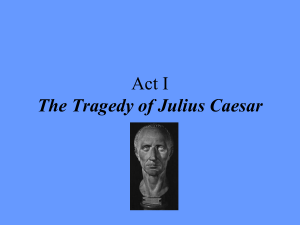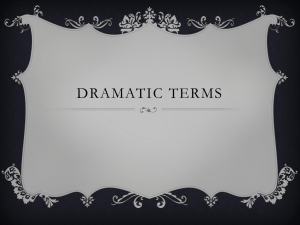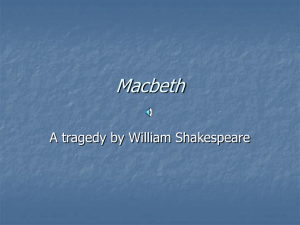Lesson 9
advertisement
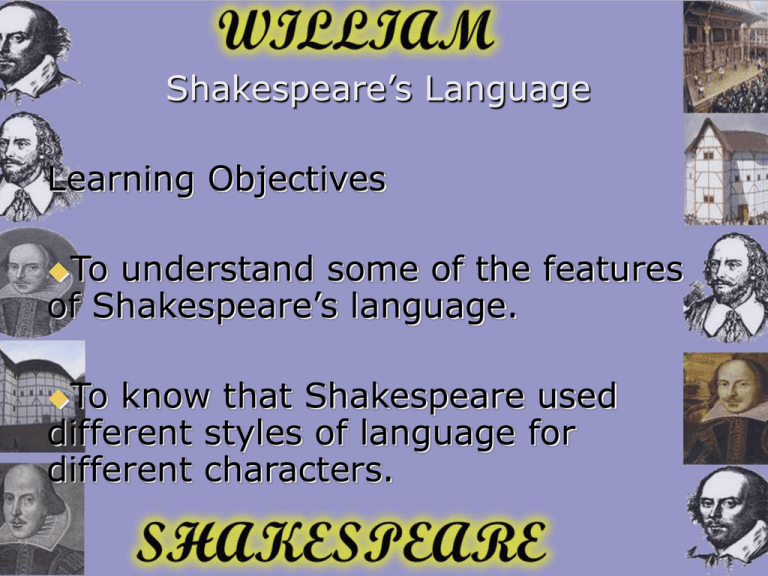
Shakespeare’s Language Learning Objectives To understand some of the features of Shakespeare’s language. To know that Shakespeare used different styles of language for different characters. Success Criteria I MUST be able to give examples of Shakespearean insults. I SHOULD be able to identify the different styles of language that Shakespeare uses in his writing. I COULD create my own examples of the different styles of writing that Shakespeare uses. The Big Question What techniques does Shakespeare use in his writing? Starter Using the columns on the sheet that you have been given, make up your own insults. Remember that you need to choose one word from each column and then link them together. Make up 5 of your own insults. Task 1 Copy down the following definitions into your exercise book. Sonnet: poem of 14 lines that has alternate lines rhyming and ends with a rhyming couplet. Rhyming Couplet:a pair of lines that rhymes. Prose:language that does not have a particular rhyme or rhythm. Iambic Pentameter:describes the number of syllables and stresses in a line (known as the meter). A foot is a pair of syllables. An iambic foot is an unstressed syllable followed by a stressed syllable. There are five iambic feet in a iambic pentameter. Iambic Pentameter that does not rhyme is known as Blank Verse. Shakespeare used these different styles of writing to create effects in his plays. The upper classes in his plays would speak in iambic pentameter as it shows that they are educated. The servants would speak in prose. Rhyming couplets draw attention to what is being said and are generally used by the upper classes. However, supernatural characters also speak in sonnets or rhyming couplets so that their speech stands out from the rest of the characters. Task 2 Look at the different styles of writing on the worksheet. Match up the extracts with one of the different styles below: Rhyming Couplet Sonnet Prose Iambic Pentameter Plenary Write Look your own rhyming couplet back at the Success Criteria and tick off any that you have met. Extension Task Once you have finished translating the sentences, try to make up some of your own using the words in the glossary. Write the sentence and its translation in your exercise book. Plenary Write down three words that you have learnt during the lesson. Look back at your Success Criteria and tick off those that you have met.
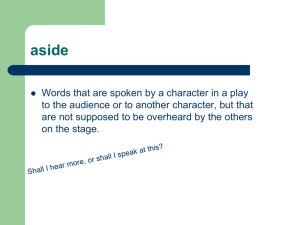


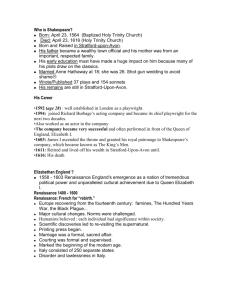
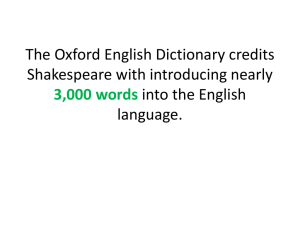
![iambic-pentameter-powerpoint[1]](http://s2.studylib.net/store/data/005389283_1-88464eb62969318d407043f4e7784268-300x300.png)

